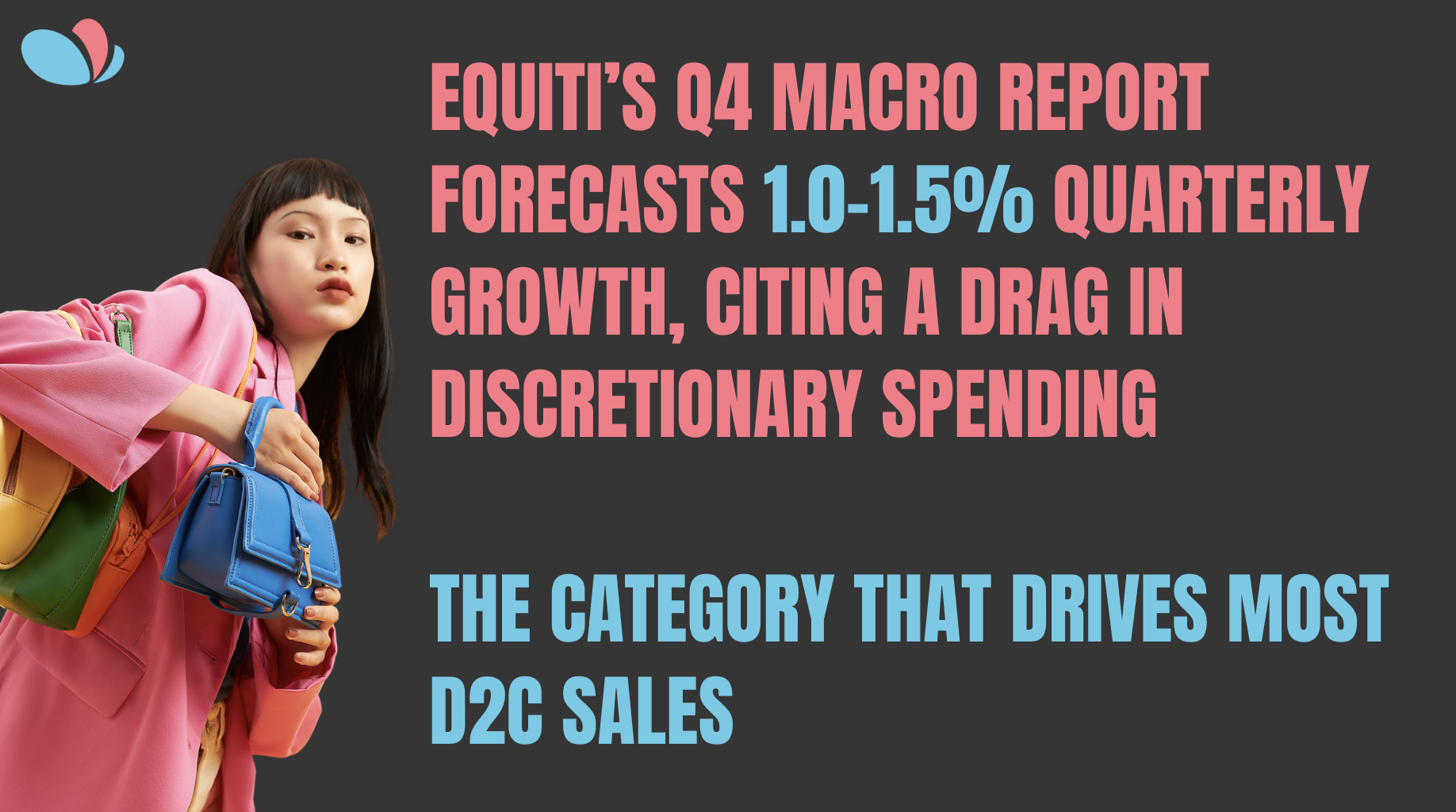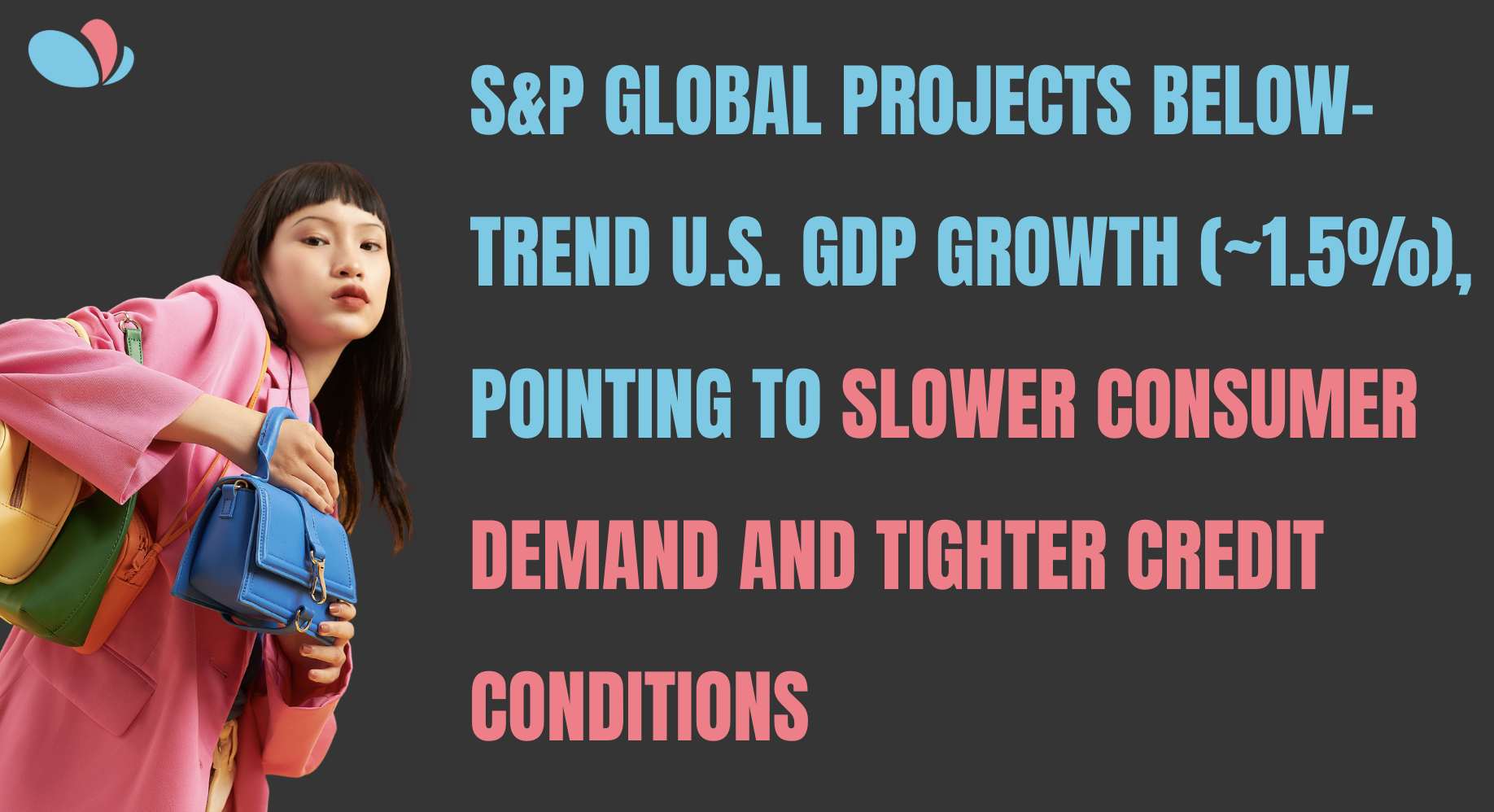
For years, Q4 has been the “make-or-break” quarter for D2C brands. It’s when Black Friday, Cyber Monday, and holiday demand flood the system - the last, best shot at hitting annual targets and clearing inventory.
But this year, the pattern may break. The early data points toward a softer Q4, one where simply “showing up with spend” won’t be enough.
Economists are flashing caution across multiple indicators:


When macro softness hits, it hits D2C first. Why? Because D2C lives at the intersection of discretionary spending and digital attention — two of the most sensitive economic levers.
In a strong quarter, consumers experiment: they try new products, buy from new brands, and chase deals. In a weak one, they revert to habits: trusted brands, known value, familiar favorites.
So if you’re a growth-stage D2C brand, Q4 won’t automatically lift you. In fact, it may expose the cracks in your workflow — from creative testing to spend allocation to coordination between teams.
The smartest D2C operators are already re-engineering their approach to match the new reality.
Here’s what they’re doing differently:
Instead of stacking 70% of budget around Black Friday, leading brands are creating “rolling relevance” campaigns that build gradually through October and sustain into January.
Why? Because consumer intent curves have flattened. According to Meta’s internal data, holiday discovery starts earlier but peaks lower. The winners will be those who stay visible — not just loud.
In a soft market, creative fatigue accelerates by 25–30%, according to Upspring’s own dataset of 10,000+ Meta ads.
That means guessing is expensive. High-performing teams now use creative intelligence tools to predict which ads, hooks, and structures are most likely to perform before the spend goes live. It’s the missing QA layer between ideation and media launch — what we call Ads Quality Assurance (AQA).
When every dollar counts, you need to know which ad deserves it.
Weak quarters expose the brands addicted to top-funnel reach.
Smart D2C teams are shifting their metric of success from ROAS to LTV:CAC — investing more in lifecycle flows, email, and community reactivation.
Because when growth slows, the only sustainable advantage is relationship depth.
Every retained customer is a small hedge against macro volatility.
If your creative and performance teams still speak different languages, Q4 will be chaos.
This is the moment to align your ads workflow — ensuring assets, feedback, and performance data flow seamlessly between teams.
The brands winning in volatile markets are the ones where creative, performance, and planning share the same single source of truth.
That’s exactly what Upspring’s creative intelligence platform was built for: turning insights into coordinated action.
A weak Q4 isn’t a death sentence. It’s a diagnostic.It shows whether your brand runs on hype — or on systems.
Because in 2025, marketing isn’t just about “doing more.”It’s about building continuity — a loop between what works and what comes next.
The brands that will win are those that can say:
“We know what’s working. We know why. And we can scale it — fast.”
It’s all about scaling what’s working.
You don’t need a bigger budget, you need the right workflow to spot winners early and reallocate spend in real time.
That’s how you turn softness into signal, and volatility into advantage.
001
What is Creative Intelligence
002
What is Upspring.ai’s partnership with Meta?
003
How does Creative Intelligence improve workflow efficiency?
004
How is Upspring different from creative management tools like Motion or Foreplay?
005
How does Upspring.ai help agencies win more clients and scale creative performance?
006
How can brands use Upspring.ai to scale what works?